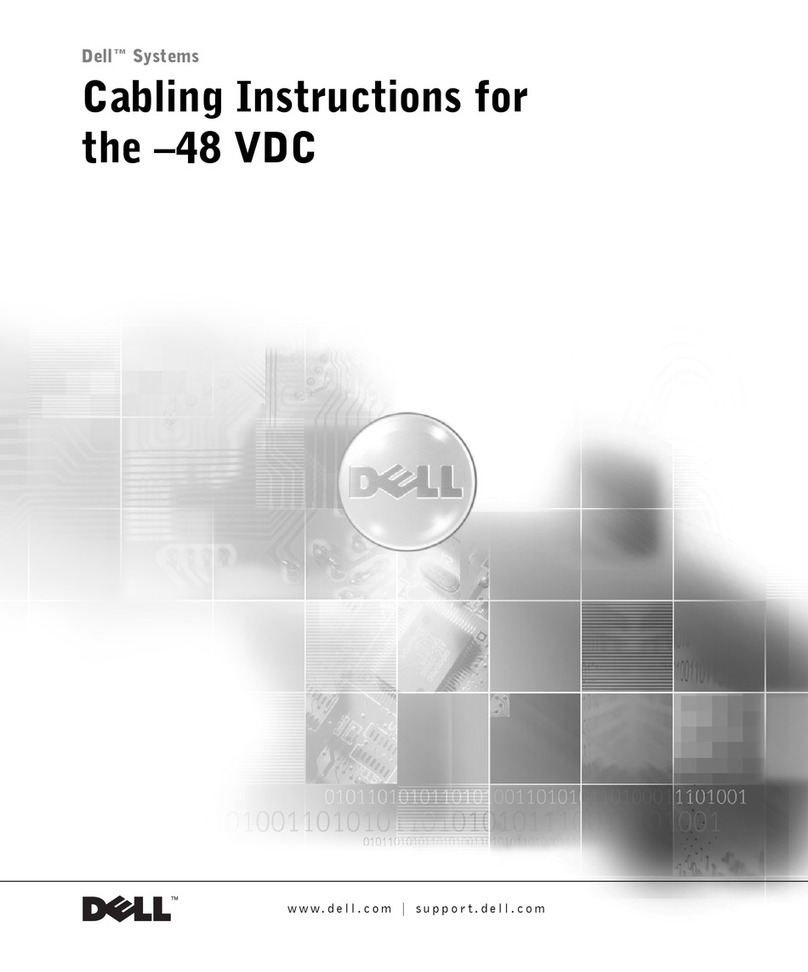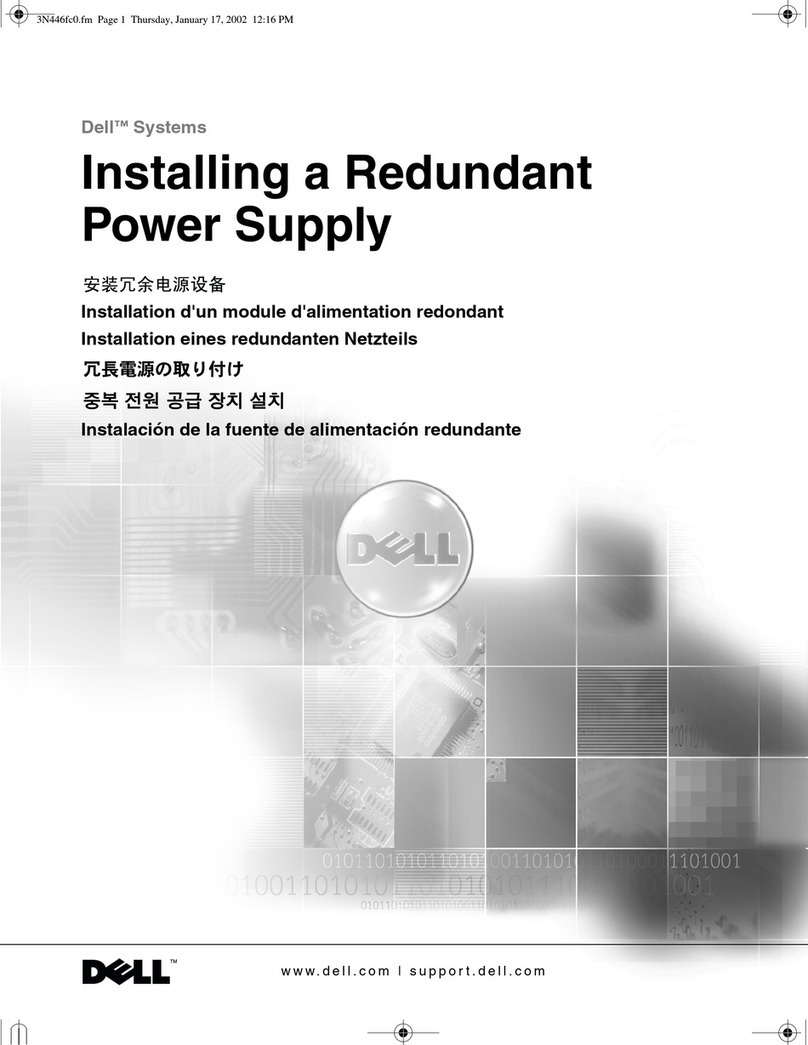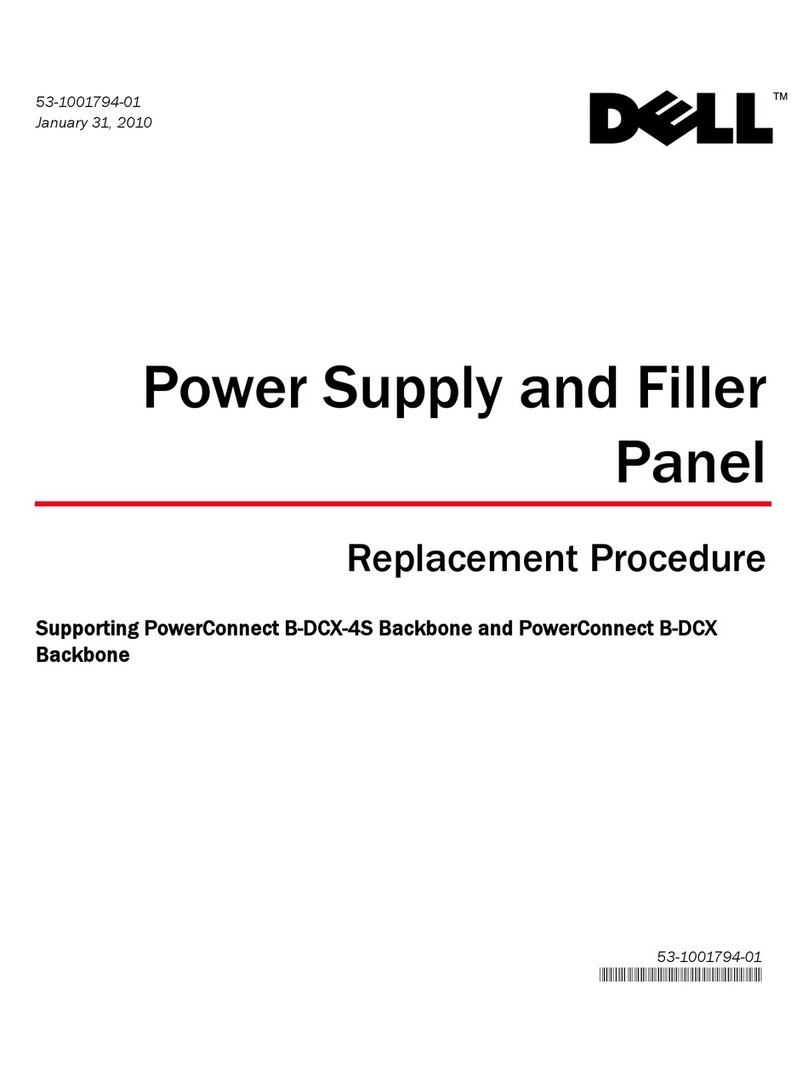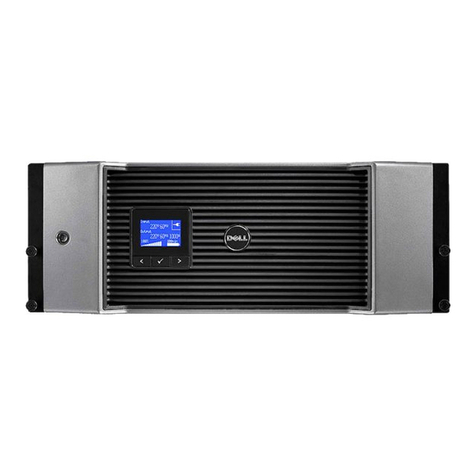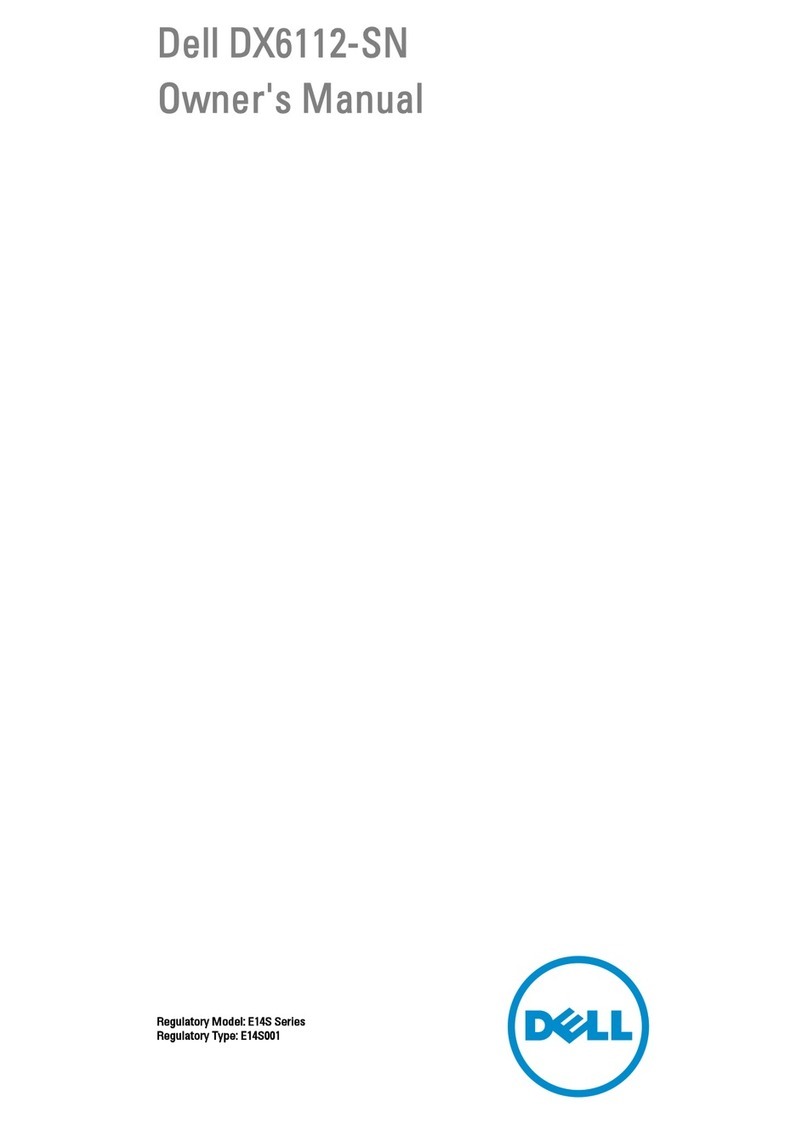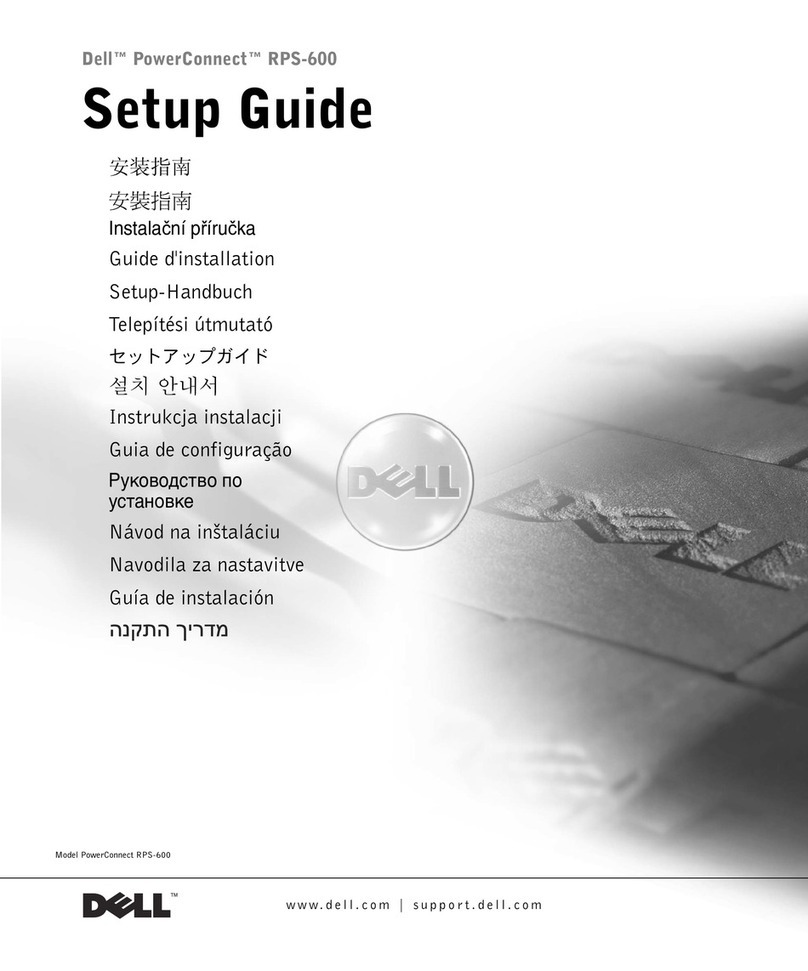
Table 2 Product Regulatory Model Name and Specifications (continued)
Mass 24.9 kg (55 pounds)
Dimensions Height: 8.64 cm (3.40 inches)
Width: 44.45 cm (17.50 inches)
Depth: 77.5 cm (30.5 inches)
Product material information
The following substances, preparations, or components should be disposed of or
recovered separately from other WEEE in compliance with Article 4 of EU Council
Directive 75/442/EEC.
Batteries Mercury Does not use internal batteries based on Mercury (Hg) and its
compounds
Cadmium Does not use internal batteries based on Cadmium (Cd) and its
compounds
Lead Does not use internal batteries based on Lead (Pb) and its
compounds
Other This product may use a Lithium Primary Coin Cells. Depending on
the feature set, some may also include Lithium Ion secondaries.
Previous platforms may have included Nickel Metal Hydride
batteries
Mercury Lamps,
Bulbs, and
other
Lighting
Application
s
Product does not contain a Mercury based lamp or bulb.
Other
Uses
Other parts used in products can not contain intentionally added
Mercury
Liquid Crystal Displays
(LCD) - > 100 cm2
Product does not contain an LCD greater than 100 cm2
Cathode Ray Tubes
(CRT)
Product does not contain a CRT
Plastic containing
Brominated flame
retardants other than in
PCB / PCA
This product may contain plastic parts greater than 25 grams. Many
of these parts are bromine free. Regardless, these parts are labeled
(usually molded directly into the plastic) per ISO 11469:2000(E). A
typical label would look like: > Polymer Abbreviation - FR(#) <
i.e. > PC + ABS FR(40) < Flame retardant codes (FR(#)) are given
in ISO 1043-4. Codes for some Brominated flame retardants: 14
aliphatic/alicyclic Brominated compounds 15 aliphatic/alicyclic
Brominated compounds in combination with antimony compounds 16
aromatic Brominated compounds (excluding Brominated diphenyl
ether and biphenyls) 17 aromatic Brominated compounds (excluding
Brominated diphenyl ether and biphenyls) in combination with
antimony compounds 22 aliphatic/alicyclic chlorinated and
WEEE Disassembly Instructions
4EU2SPE WEEE Disassembly Instructions
